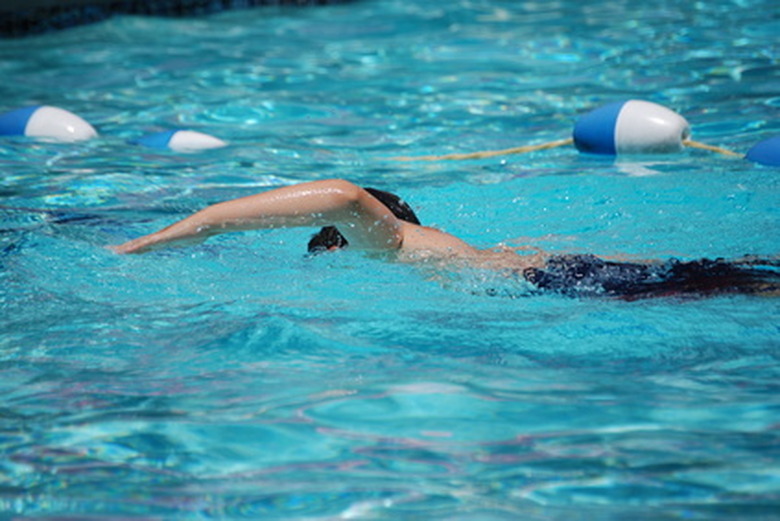How To Know When Mustard Algae In A Swimming Pool Is Dead
Mustard algae can take residence in pools for a number of reasons: poor water circulation, low chlorine levels or not enough sun light. Unfortunately, the only way to tell whether the mustard algae that you do get is completely dead is to check whether there are no recurrences after you treat it.
Instructions
Step 1
Follow a treatment method for killing mustard algae based on what metallic algaecide you buy to kill it. In general, on the first day the mustard algae is spotted, brush the entire pool and add the metallic algaecide. Follow the directions on the packaging for how much algaecide to add for your pool. You'll have to follow the treatment six days later with a metal sequestering agent to remove the metal from the pool water. The pool store that sells you the algaecide should have the sequestering agent as well. The same day you add the algaecide, shock the pool. 2 lbs. per 10,000 gallons of water is a good ratio. For the next 9 days following this initial treatment, brush the pool. Also, a week after the initial shock treatment, shock the pool again.
- Mustard algae can take residence in pools for a number of reasons: poor water circulation, low chlorine levels or not enough sun light.
- The pool store that sells you the algaecide should have the sequestering agent as well.
Step 2
Look for any signs of the mustard algae by the distinctive yellow tarnish over tiles, brick, anything else inside and near the pool. Mustard algae can live outside of a pool, so check the nearby area as well.
Step 3
Follow the appearance of mustard algae with more intense brushing, algaecide and shock treatments.
Step 4
Regularly test your pool for the main factors that keep algae at bay: pH, sanitizer such as chlorine, levels, alkalinity and calcium hardness. According to Pool Center, a nationwide pool supply store, pH should be between 7.2 and 7.8; chlorine, 1.0 to 2.0 ppm; alkalinity, 80 to 120 ppm; and calcium hardness between 180 to 220 ppm. Keeping these factors optimal is crucial in ensuring that dead algae isn't replaced with another spawn. Even though you can see mustard algae, there are places in the pool system where mustard algae could live but that you can't observe, such as in the pool filter. A good pH, sanitizer level, alkalinity, and calcium hardness can assure you that mustard algae isn't living anywhere you can't see it.
- Look for any signs of the mustard algae by the distinctive yellow tarnish over tiles, brick, anything else inside and near the pool.
- A good pH, sanitizer level, alkalinity, and calcium hardness can assure you that mustard algae isn't living anywhere you can't see it.
